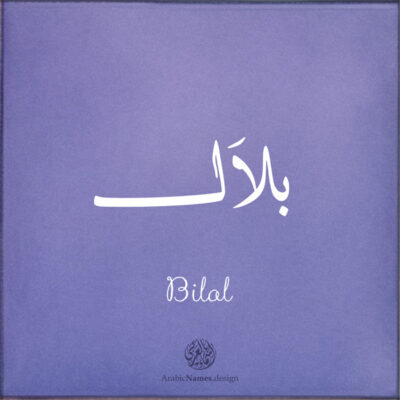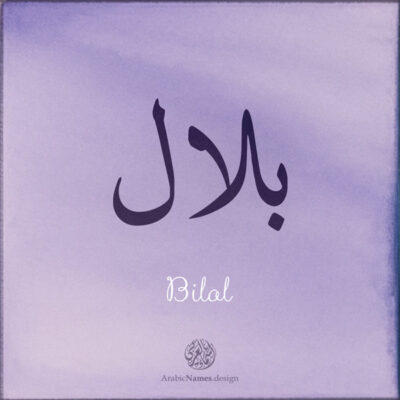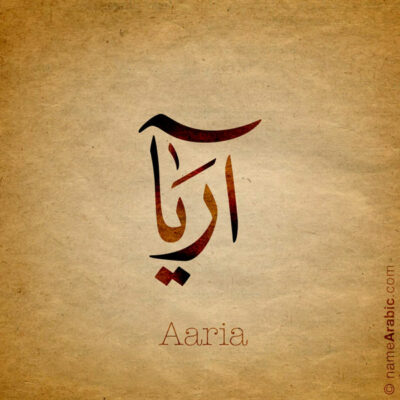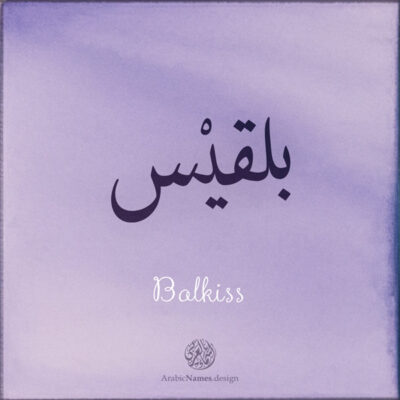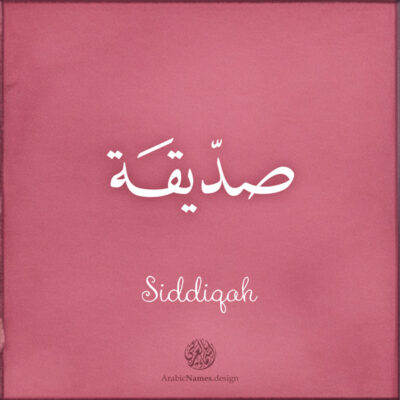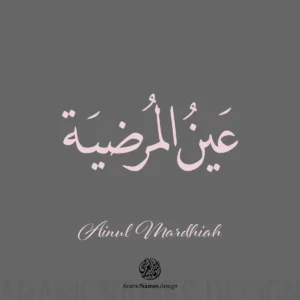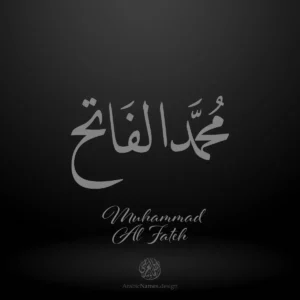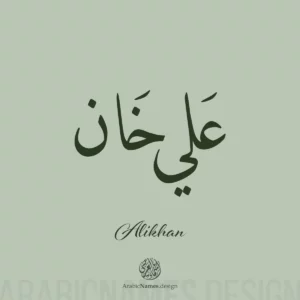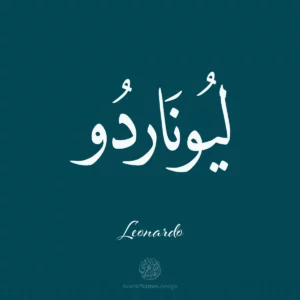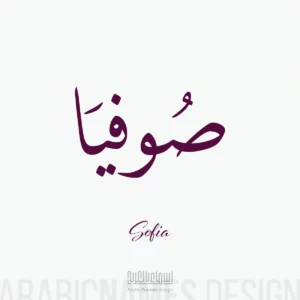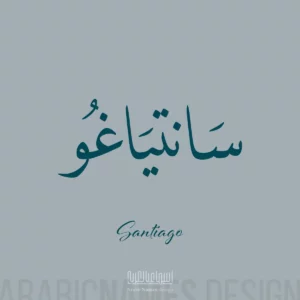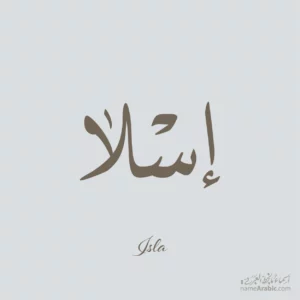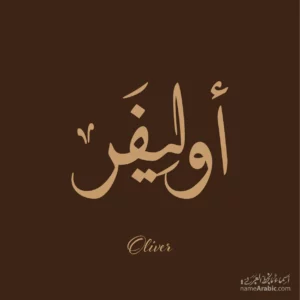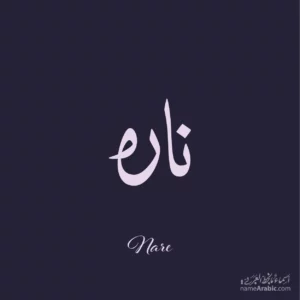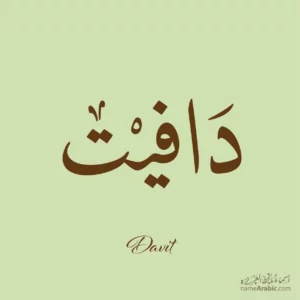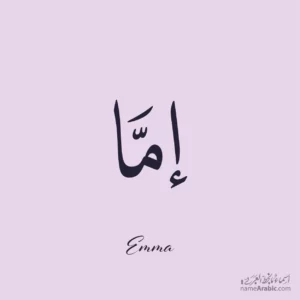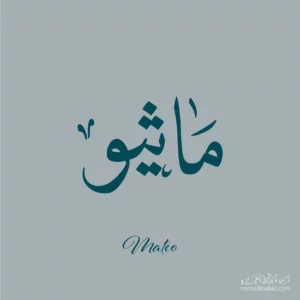Arabic Calligraphy – Naskh Style
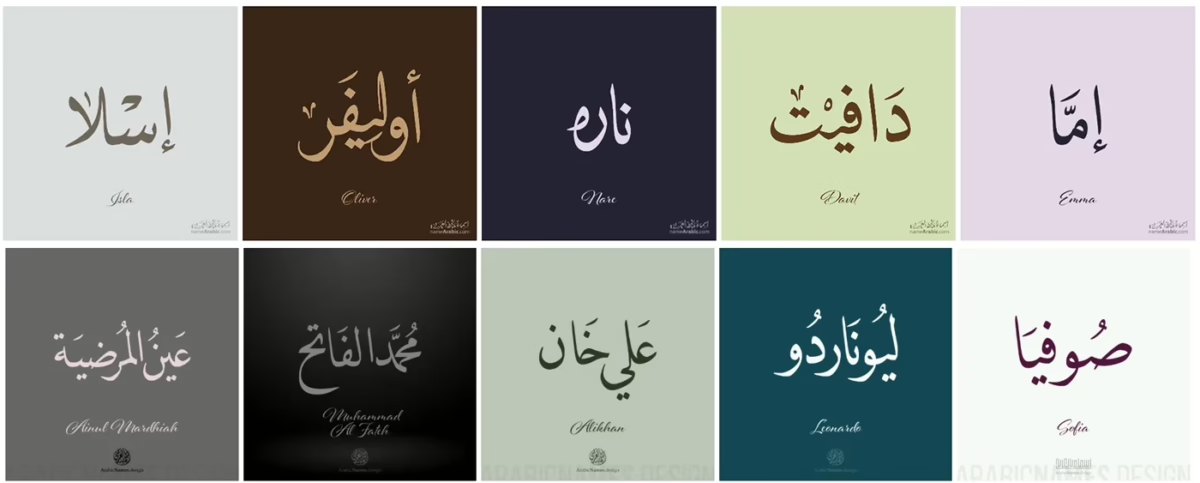
Example of Naskh Arabic calligraphy style used in name design
Naskh Arabic calligraphy style is one of the oldest and most widely used scripts in the Islamic world. Praised for its readability, balance, and elegance, Naskh became the foundation for writing books, religious texts, and official documents. Its timeless clarity makes it ideal for both classical calligraphy and modern Arabic name design.
Historical Origins of the Naskh Calligraphy Style
The origins of Naskh trace back to the first century of the Islamic calendar. While Kufic script is often considered older, historians have shown that the two styles coexisted early on, each serving different purposes: Kufic for monumental inscriptions, and Naskh for daily use and manuscripts.
During the 10th century, the legendary calligrapher Ibn Muqla helped standardize Naskh Arabic script as one of the “Six Pens” or al-aqlam al-sitta—a system that also included Thuluth, Muhaqqaq, Rayhani, Riqʿah, and Tawqiʿ.
Key Features of Naskh Arabic Calligraphy Style
- Form: Letters are round, compact, and written with consistent proportions. The alif typically bends slightly to the lower left.
- Legibility: Naskh makes use of diacritical marks—dots and accents that distinguish between sounds—making it the most readable of Arabic scripts.
- Structure: The script follows a steady horizontal baseline, but this is broken when a letter overlaps or enters the tail of the one before it.
In the 16th century, Ottoman calligrapher Şeyh Hamdullah refined the script further, softening its structure to improve clarity and reduce visual weight.
Modern Applications of Naskh Calligraphy
Today, Naskh Arabic calligraphy style is still widely used for Qur’anic texts, books, educational material, and artistic designs. It also plays a vital role in custom Arabic name design thanks to its precision and readability.
To compare Naskh with other scripts like Thuluth or Diwani, visit our Calligraphy Styles Overview.
Sample Names in Naskh Arabic Calligraphy Style
Explore Arabic names written in the clear, traditional Naskh style:
